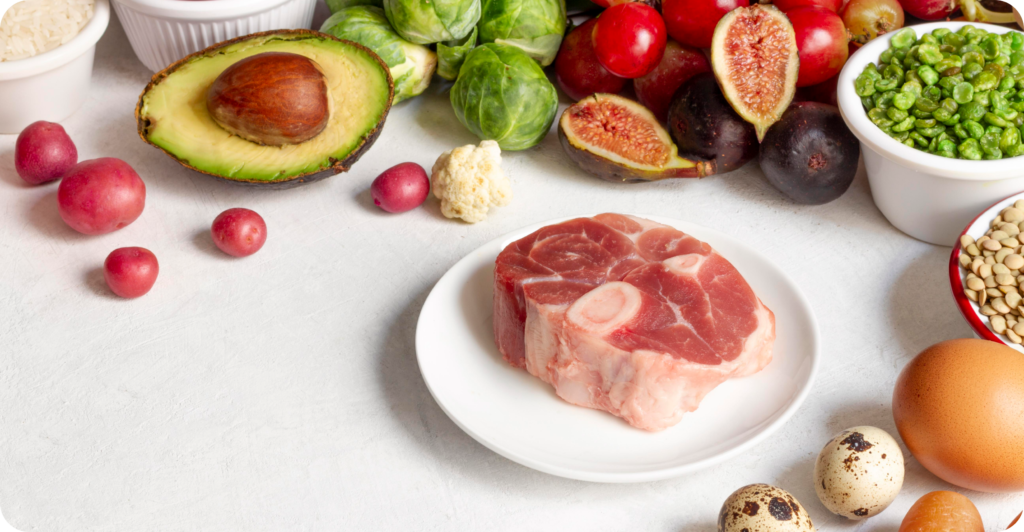Unveiling the Potential of Alternative Proteins
The global food industry is undergoing a transformation driven by innovation, sustainability, and changing consumer demands. At the heart of this evolution lies the alternative protein sector, a field poised to redefine how we produce and consume food. With breakthroughs in technology and a growing focus on environmental and ethical considerations, alternative proteins are emerging as a critical solution for the future of food.

What Are Alternative Proteins?
Alternative proteins are derived from non-traditional sources that replicate or complement animal-based proteins. These include:
- Plant-Based Proteins: Sourced from soy, peas, lentils, and other plants, offering versatile options for meat, dairy, and egg alternatives.
- Cultivated Proteins: Produced by growing animal cells in controlled environments, mimicking the texture and taste of traditional meat.
- Fermentation-Based Proteins: Developed using precision fermentation to create proteins such as mycoproteins or dairy-free casein.
Why the Industry Matters
The shift toward alternative proteins is not just a trend—it’s a necessity driven by three core factors:
- Environmental Sustainability
- Livestock farming accounts for approximately 14.5% of global greenhouse gas emissions.
- Alternative proteins use fewer natural resources, reducing deforestation, water consumption, and carbon emissions.
- Meeting Protein Demand
- With the global population projected to reach 9.8 billion by 2050, alternative proteins offer scalable solutions to feed the world sustainably.
- Ethical and Health Considerations
- Growing concerns about animal welfare and the health impacts of excessive meat consumption are encouraging consumers to explore alternative protein options.
Key Trends Shaping the Industry
- Technology Integration
Advanced biotechnologies, such as cell cultivation and AI-driven fermentation, are enabling scalable and cost-effective production of high-quality alternative proteins.
- Consumer Acceptance
Educating consumers and improving taste profiles have been instrumental in driving adoption. Brands are now creating products that closely mimic traditional meat, dairy, and seafood.
- Partnerships and Investments
Collaboration among startups, established food companies, and research institutions is accelerating innovation and market entry. Investors are also fueling growth with significant funding in the sector.
- Regulatory Milestones
As countries like the U.S., Singapore, and the EU approve alternative protein products for commercial sale, the industry is gaining momentum globally.
Opportunities for Businesses and Investors
The alternative protein sector is ripe with opportunities for innovation and collaboration. Companies can:
- Expand Product Portfolios: Diversify offerings with plant-based or cultivated protein products.
- Enhance Sustainability Goals: Align with global ESG (Environmental, Social, Governance) standards by incorporating sustainable protein sources.
- Capitalize on Market Growth: The alternative protein market is expected to reach $290 billion by 2035, presenting lucrative growth potential.
Navigating Challenges in the Industry
Despite its promise, the alternative protein industry faces challenges, including:
- Cost Parity: Achieving price competitiveness with traditional proteins remains a priority.
- Supply Chain Development: Scaling production and creating efficient supply chains are crucial for meeting demand.
- Consumer Perception: Building trust and educating consumers about the benefits of alternative proteins is key to widespread adoption.
A Glimpse Into the Future
The alternative protein industry is more than a response to current challenges; it’s a proactive approach to shaping a sustainable food system. By embracing innovation, collaboration, and sustainability, businesses and consumers can drive meaningful change and ensure a better future for generations to come.



